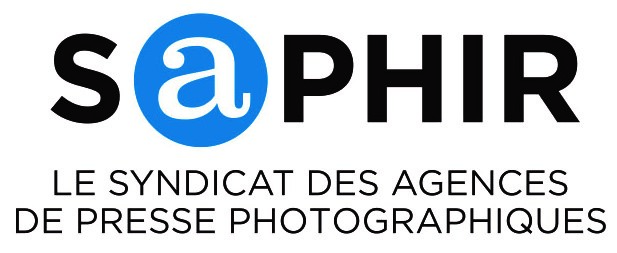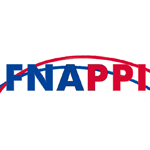Blog author: Sylvie Fodor
On 9 October 2017, a delegation made up of representatives of the German photo industry met up in Berlin with representatives of Google. The one hour and a half meeting took place in Google’s office Unter den Linden.
This is the second meeting in five months in Germany. The first meeting took place in May 2017.
And these two meetings are first face to face meetings since a EU antitrust complaint was filed in 2013 against the damaging design of Google Images and its devastating effect on image providers and website owners.
The damaging design was introduced in February 2013, everywhere except France and Germany. In February 2017, finally, it suddenly appeared on French and German domains as well. This prompted an immediate and strong reaction in both countries. [Information in Login Area of CEPIC Website for members only]
In 2013, CEPIC lodged an anti-trust complaint at the European Commission. In 2016, Getty Images followed suit with their own complaint.
Scraping, piracy and loss of traffic on websites. The damage inflicted to image providers by the design and functionalities of Google Images cannot be over-stated.
According to CEPIC members, 85 percent of images found using Google and other search engines are “unlawful copies” and 80 percent of those illegal images have been spread through images search engines. In 2013, Google added functionalities exacerbating these unlawful uses by keeping users away from visiting hosting websites. Very soon after the inplementation of the new features, webmasters that host images and photographers that show off their images complained of the decline in image search traffic since the redesign.
In 2017, users can easily do their image shopping for “free” on Google Images while not visiting one single website. Google Image’s functionalities and design promote this behaviour:
- by disconnecting pictures and their source website and showing them in a neutral black background
- by hotlinking the image from the website rather than directing to the hosting website
- by allowing a search by “similars”
- by promoting large high resolution in the viewer while demoting watermarked images
- by dispaying an illegibly small copyright notice and hiding the metadata behind a third click
- by proposing a (completely useless from an indexing point of view) share button etc.
Google’s scraping practices are worsened by uncomplete legislation and confused CJEU jurisprudence on “Framing”.
On top of the loss of income incured by image piracy and free riding, the impossibility to propose exclusivity pushed prices to the bottom, creating a “value block” online, empoverishing an entire industry.
Against this background, expectations are high.
BVPA issued a press release proposing a cautious optimism on the outcome of the meeting of 9 October.
This is not the first time Google enters in a dialogue with the creative content industry. Deals were struck on the fight against piracy or on access to content and aggregated metadata. Google has developed at own cost a content ID for music and/or videos shared on YouTube. In some instances Google sponstaneoulsy changed their features getting closer to the demands of right holders, such as recently with Google News.
Google do not enter deals or change features because they do “no evil”: rather Google give in to legislative and legal pressure. Publishers sued and won several times on copyright infringement. They persistantly pushed for the instauration of a neighbouring right and were amongst the first to lodge an antitrust complaint in Brussels in 2009. The huge and exemplary fine imposed on Google this year by the European Commission may not be absent from Google’s willingness to discuss: it is the first time that a EU Commissioner has the political courage and legal audacity to confront the Internet monopolist. The decision on Google Shopping has set out principles that will apply to all industries dependant on Google Search on the Internet. This includes publishers and this includes the picture industry.
None of the deals have solved permanently the underlying issues of the creative content industries such as falling advertising funding or website traffic. In fact, it can be argued that some of the agreements, such as the Digital News Initiative, have made publishers not less but more dependant on Google.
The German Initiative led by BVPA presented a list of “expectations”.
Attached Zusammenfassung_Concerns_Demands_2017-05-09
Google already discarded any return to the previous version of Google Images. The suppression of the right click or share button is not envisaged (although it should be repeated that none of these two functions are necessary to the search or referencing functions of a search engine).
Therefore how close will Google’s solutions be to these requests? Will website traffic go up? Will pictures be sourced back to the original websites? Will licensing information be made available in a useful way? As a result, will image piracy ultimately go down and will part of the value generated online with pictures be fueled back to the rightholders?
In one word: will Google stop contributing to the spoliation of photography online?
The next meeting is scheduled in February 2018. We will be watchful. And we will act and look for alternative solutions. We will pursue the dialogue with Google and yet, conscious of time and harm inflicted with time, we will continue to push for a legislative change to reverse the transfer of value online and will support the efforts of Commissioner Vestager in Brussels.








